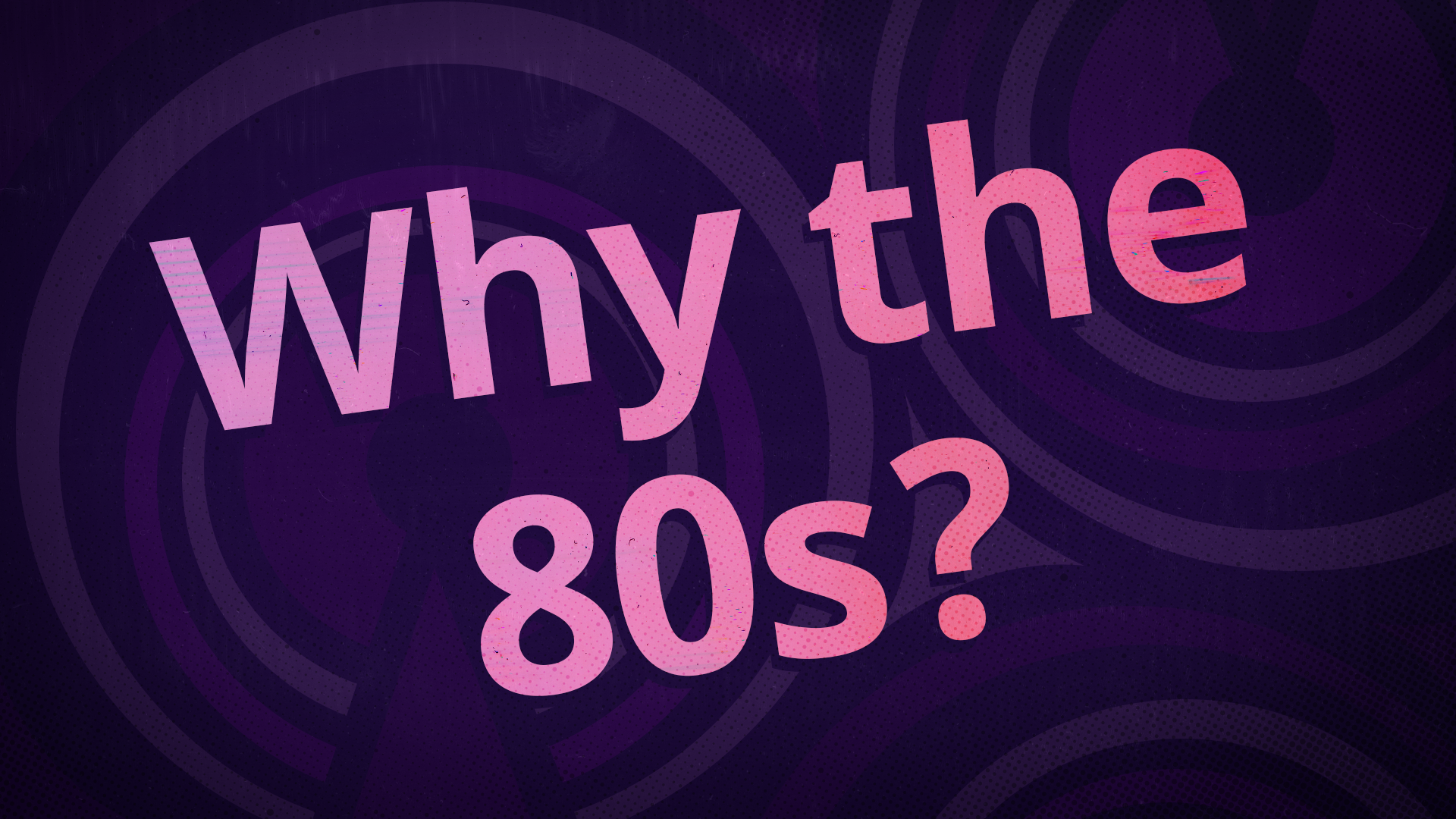A question I often ask myself as I lie awake at night in a cold sweat thinking about Interference: Dead Air is… why is our game set in the 80s? I wasn’t alive, at least according to my birth certificate, and unless Brad has been lying to me all this time, neither was he. Seems peculiar then that we’d choose a time period that we have no frame of reference for, right? WRONG!
Well… still actually kind of right. We set the game in the late 80s to give ourselves a little bit of leeway to dip into the early 90s when it came to aesthetics, but the fact of the matter remains that neither one of us has any authority over what it was like to be pushing our 30s, like the characters in our game, during that time. And even though we both can remember an age before the internet, I at least was more preoccupied with school picture day than the existential dread that comes along with the search for belonging in an ever-changing, chaotic world.
So, back to the question: then why the 80s?
Well, believe it or not, Interference: Dead Air was originally conceived to take place in a not-so-distant future. Our setting of a remote outpost in the desert felt timeless, and imagining what we could do from a story perspective in a year that hadn’t come yet was more exciting than the prospect of sinking a ton of time researching a bygone era. It wasn’t until we started developing the mechanics of the game that our philosophy changed.

We knew fairly early what our three primary mechanics were going to be: talking over a radio, using a map to track locations, and utilizing a computer to reroute power… none of which require any cutting-edge technology. In fact, the complications of modern tech and communication methods were really the catalyst that forced us to reconsider when the game takes place. This is a common problem Brad and I have both encountered with our background in film: cell phones and the internet complicate everything. And if the game is set in the future, the technological abilities would be even more advanced. Writing around those possibilities was beginning to feel contrived as our story began to take shape.
On top of that, there’s a sense of nostalgia that comes with setting a story in the past, and thematically that felt more appropriate. So much of our game’s narrative is centered around the friendship between the player character and their best friend, Valerie. That relationship itself is tied to a long and storied past, rooted in “better times” and a fondness for how things once were. The future couldn’t afford that.
So, we dove in and did that research that we had been trying to avoid. And you know what? What a treat! We learned so much about the past culturally, politically, socioeconomically, and many other words ending with “-lly” that it gave us a new perspective on where the world was at when we entered into it. I’ve since become obsessed with 80s movies. And Brad? Well, let’s just say I’ve given up on talking him down from exclusively wearing parachute pants.

